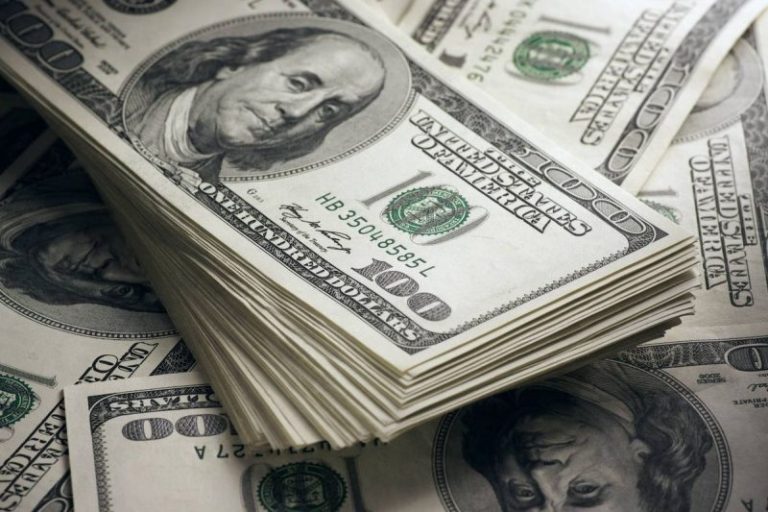North Korea showed off its apparent progress in the development of a nuclear-powered submarine. State media released photos of North Korean dictator Kim Jong Un and his daughter, a potential heir, as they inspected what appears to be a largely completed hull.
The Korean Central News Agency (KCNA), North Korea’s official state media, said Kim and his daughter visited the shipyard to examine the construction of what it describes as an 8,700-ton-class nuclear-propelled submarine, The Associated Press reported. Pyongyang has signaled that it plans to arm the submarine with nuclear weapons, the AP noted. Kim has said the development of the submarine is a crucial step toward the modernization and nuclear armament of his country’s navy.
The Christmas Day release of the photos marks the first time North Korean state media has shown an update on the nuclear-powered submarine since March. Earlier images mostly showed the lower sections of the vessel, the AP noted. The KCNA did not say when the photos released on Thursday were taken.
Moon Keun-sik, a submarine expert at Seoul’s Hanyang University, told the AP that the photos of a largely completed hull indicate that many of the core components are already in place, as submarines are typically built from the inside out. However, it was not immediately clear exactly how much progress Pyongyang had made.
‘Showing the entire vessel now seems to indicate that most of the equipment has already been installed and it is just about ready to be launched into the water,’ Moon, who also served as a submarine officer in the South Korean navy, told the AP. Moon added that North Korea’s submarine could be ready for testing at sea within months.
While at the shipyard, Kim condemned South Korea’s efforts to develop its own nuclear-powered submarine as an ‘offensive act,’ despite the fact that President Donald Trump has backed Seoul’s push toward the technology. Kim said South Korea’s efforts violate North Korea’s security and maritime sovereignty, according to the AP.
In October, during his tour of Asia aimed at securing investments, Trump said that the U.S. would share technology with South Korea that would allow it to build a nuclear-powered submarine. The president posted on Truth Social that the vessel would be built in Philadelphia.
‘South Korea will be building its nuclear-powered submarine in the Philadelphia shipyards, right here in the good ol’ U.S.A. Shipbuilding in our country will soon be making a BIG COMEBACK,’ the president wrote.
The White House underscored the point when it released a fact sheet in November which directly referenced Washington and Seoul’s efforts to ‘further our maritime and nuclear partnership.’
The Associated Press contributed to this report.










